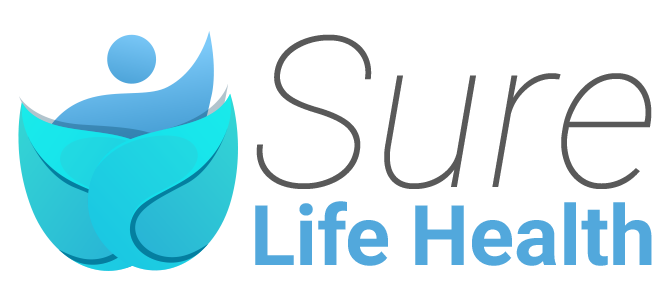Heat damaged hair is a frequent problem that occurs from excessive use of heat styling tools or prolonged exposure to the sun, resulting in dry, brittle, and dull strands.
In our guide, ‘How to Fix Heat Damaged Hair‘ we explore the causes of this damage and provide strategies for identifying, managing, and preventing it to restore the health and appearance of your hair.
What Does Heat Damaged Hair Look Like?
Heat damage presents itself in various ways, each indicating the stress the hair has endured. Recognizing these signs is crucial for effective remediation. Here are the common symptoms of heat damaged hair:
- Dry and brittle hair: Hair loses its natural moisture, resulting in a dry texture that is prone to snapping when handled.
- Split ends: The ends of the hair strand split into multiple pieces, signaling the breakdown of the hair’s protective outer layer.
- Dull and lackluster appearance: Healthy hair typically possesses a natural shine, whereas heat damaged hair appears lackluster and dull.
- Tangled and frizzy texture: Damaged hair often has raised cuticles that catch on each other, leading to tangles and frizz.
- Decreased elasticity and resilience: Healthy hair can stretch and return to its original state, but damaged hair loses this elasticity, becoming more prone to breakage.
- Breakage: Weak points along the hair strand lead to breakage, not just at the ends. It’s essential to differentiate between hair loss from the root and breakage caused by heat damage.
- Rough texture: Heat damaged hair feels coarse to the touch due to damaged cuticles.
- Incorrect or uneven hair color: Excessive heat styling, especially on color-treated hair, can cause the color to fade prematurely. Heat can also degrade hair dye, while damaged cuticles may allow water-soluble dyes to wash out more easily, resulting in faded or uneven color.
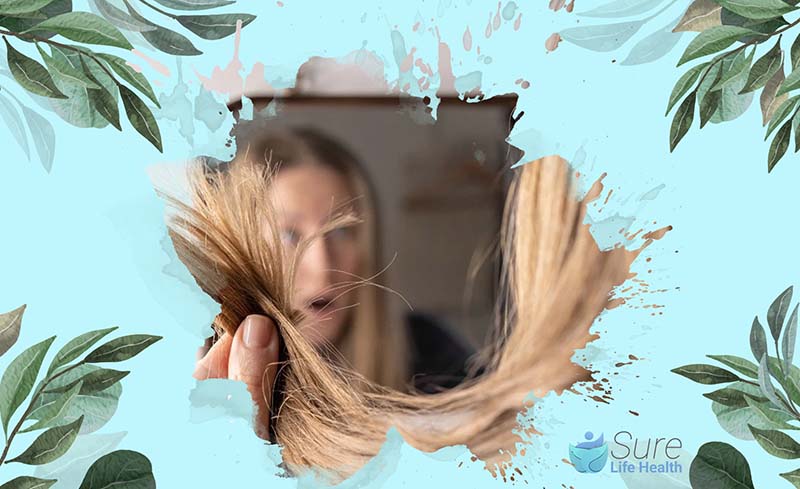
Why Is Hair Damaged by Heat?
Heat damage results from both styling habits and environmental conditions. Here are the main causes:
- Overuse of heat styling tools: Frequent and prolonged use of tools like straighteners, curling irons, and hair dryers subjects hair to high temperatures. Studies show that blow-drying without protectants can split the cuticle layer, while thermal straightening may overheat and weaken the hair shaft, increasing the risk of breakage. Overuse of these tools without proper techniques can severely damage hair.
- Skipping heat protection: It’s essential to apply protective products before styling. Failing to do so leaves hair vulnerable to direct heat, causing faster and more extensive damage.
- Frequent chemical treatments: Chemical processes such as dyeing and perming alter hair structure and, when done regularly, make hair more prone to heat damage.
- Environmental factors: Beyond styling, environmental elements like prolonged sun exposure also harm hair health. Similar to skin, hair can deteriorate when subjected to UV rays for too long.
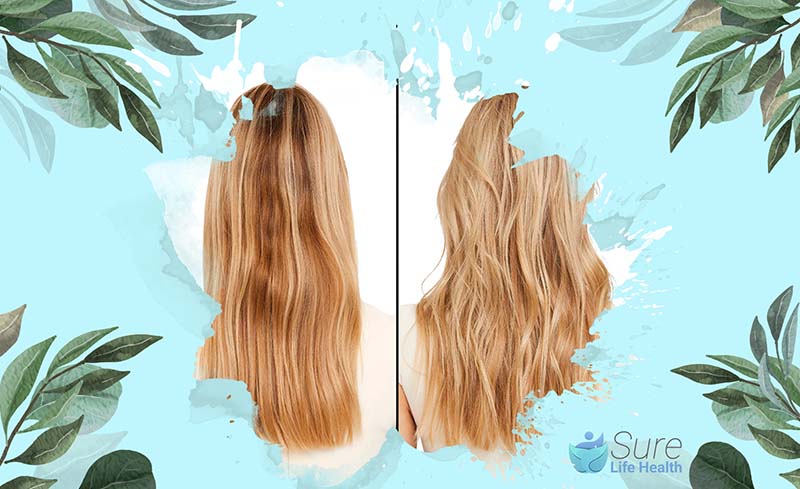
How to Fix Heat Damaged Hair
Repairing heat-damaged hair requires a comprehensive approach as the damage can be multifaceted. Here’s a detailed guide on steps you can take:
Try An Oil Soak Treatment for Your Hair
Utilize natural oils such as coconut, argan, or almond oil to nourish and restore moisture to heat-damaged hair.
Apply the oil from roots to ends and leave it on for at least an hour or overnight before washing it out. This aids in replenishing essential fatty acids and minerals to the damaged hair follicles.
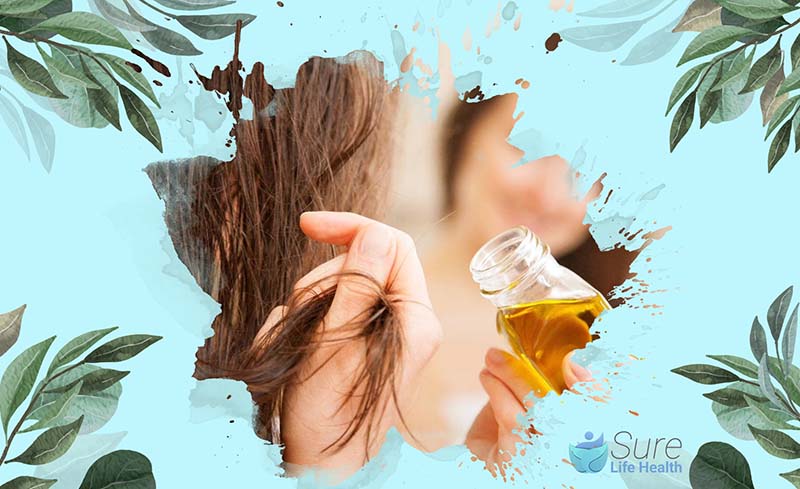
Include Protein Treatments to Strengthen Your Hair
Protein treatments are essential for repairing the structure of your hair shaft.
Look for products containing keratin or other protein-based ingredients to reinforce the hair cuticle, making it less susceptible to damage. Apply a protein treatment once a week to help repair and protect your hair.
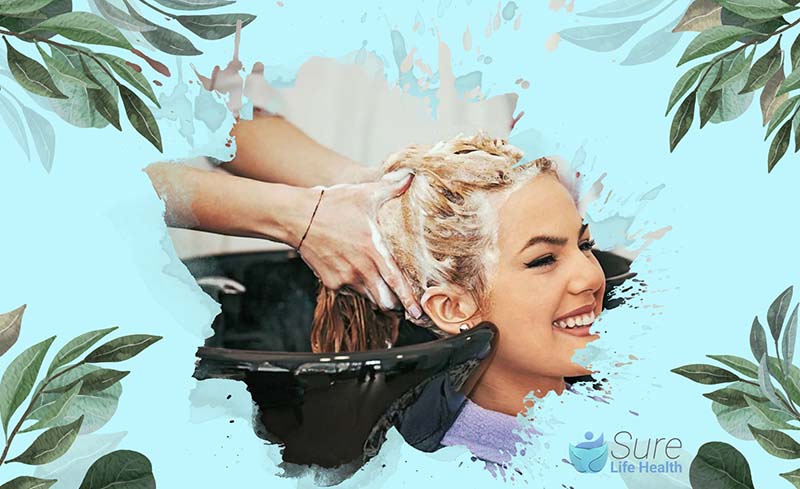
Make Deep Conditioning a Regular Part of Your Hair Care Routine
Deep conditioning treatments play a crucial role in restoring hydration to dry, brittle hair.
Use a high-quality deep conditioner suitable for your hair type and follow the instructions, typically leaving the conditioner on for about 20-30 minutes. Regular deep conditioning significantly improves hair texture and elasticity.

Choose Natural Shampoo Options
Opt for shampoos free from harsh chemicals like sulfates and parabens, which can strip your hair of its natural oils and worsen damage.
Natural or organic shampoos containing nourishing ingredients such as aloe vera, shea butter, or tea tree oil can soothe and repair your scalp and hair.
Reduce the Use of Heat Styling Tools to Prevent Hair Damage
While it’s not necessary to eliminate heat styling altogether, minimizing its use on damaged hair is advisable for recovery.
Avoid using heat styling tools until your hair is in healthier shape to prevent further damage and allow it to regain strength and vitality.

How to Avoid Heat Damage to Your Hair
Preventing heat-damaged hair is the best solution whenever possible. While it may not always be entirely avoidable, there are proven strategies to protect your hair:
- Rinse your hair with cool water: After showering, rinse your hair with cool water to help seal the hair cuticle, promoting smoother and healthier-looking hair.
- Maintain distance with blow dryer: Keep your blow dryer at least 5 inches away from your hair while using it. A study from 2011 found that this distance can protect your hair follicle, potentially even surpassing the benefits of air-drying.
- Use a microfiber towel: After washing your hair, use a microfiber towel to speed up the drying process. This reduces the time spent under the blow dryer while also sealing the hair cuticle for added protection.
- Apply a surface protectant before using hot styling tools: Prior to using heat styling tools, spray a surface protectant on your hair to shield it from damage. Look for sprays containing silicone and keratin ingredients, as they can seal the hair cuticle and enhance its resistance to heat damage.
- Sleep on a satin pillowcase: Extend the longevity of your hairstyles by sleeping on a satin pillowcase. This helps your styles last longer, reducing the need for frequent restyling and shampooing, resulting in healthier hair. Experts suggest limiting the use of hot styling tools to once per week to minimize heat damage.
When Should I See a Hair Specialist?
In some cases, the only effective solution for heat-damaged hair is to get a haircut. If home remedies fail to make your hair more manageable, trimming a couple of inches off is likely the best way to minimize the appearance of heat damage.
As a general guideline, give your hair about a month or so to respond to your efforts. Consistently use hot oil masks and leave-in conditioners weekly to help restore its natural balance.
If you notice that your hair still appears significantly damaged despite several weeks of at-home treatments, it’s time to seek advice from a haircare specialist. They can assess the condition of your hair and work with you to develop a personalized treatment plan to address the damage effectively.
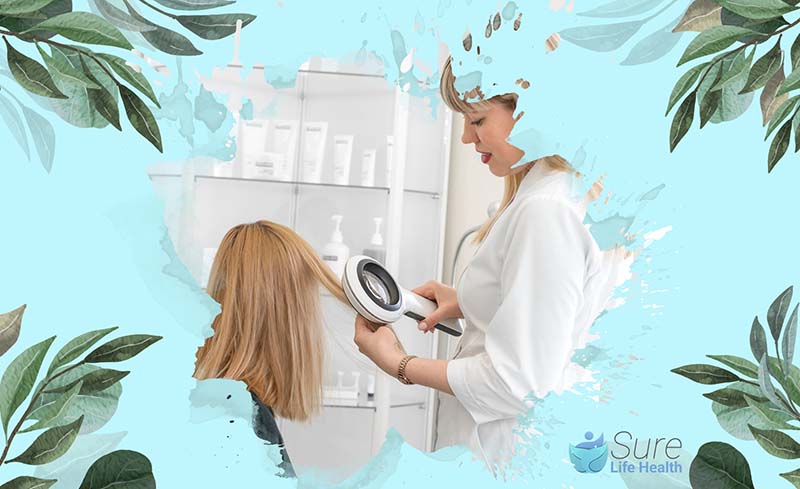
Conclusion
While heat damage is common, it can be effectively managed with the right products and techniques.
With the aid of moisturizing treatments and tweaks to your hair care regimen, it’s often possible to restore your hair’s natural texture and shine. Remember, patience is crucial throughout this process as you learn how to fix heat damaged hair.
Now, we want to hear from you! Share your own experiences and stories with us in the comments below. And don’t forget to explore more insightful blogs on nail care and health from Sure Life Health.
Professor Gaye Cunnane, PhD, MB, FRCPI
As the Director of Health and Wellbeing at RCPI, Professor Gaye Cunnane is at the helm of initiatives aimed at enhancing the health and well-being of RCPI Trainers and Trainees. Her role extends beyond administration; she is also a respected clinical professor of rheumatology and a consultant rheumatologist at Trinity College Dublin (TCD) and St James’s Hospital. Prof. Cunnane’s medical journey began at TCD, where she graduated from medical school, and her path has been marked by both clinical and academic excellence.
After completing her basic clinical training in medicine, she embarked on PhD studies at University College Dublin and St Vincent’s University Hospital. Her research during this period was focused on prognostic markers in early inflammatory arthritis, a project that saw her collaborating with esteemed universities across Europe, including in Switzerland, The Netherlands, the UK, and Sweden.
Prof. Cunnane’s career took her to the University of California, San Francisco, where she spent three years delving into research on new treatments for lupus. Her academic prowess led her to the University of Leeds in 2001 as a senior lecturer, before returning to Ireland in 2003 to assume her current roles. She has also served as the National Specialty Director for Rheumatology training in Ireland, Programme Director for Basic Specialist Training with RCPI, and as a past President of the Irish Society for Rheumatology.
PUBLISHED ARTICLES
“Rheumatic disease differentiation using immunoglobulin G sugar printing by high-density electrophoresis”: Published in The Journal of Rheumatology, this study reflects her in-depth investigation into rheumatic diseases.
“Benefits of exercise in patients with rheumatoid arthritis: a randomized controlled trial”: This research work, highlighting the positive impact of exercise on rheumatoid arthritis, underscores Prof. Cunnane’s dedication to practical, patient-centered research.
Additionally, Prof. Cunnane has made notable contributions to the Annals of the Rheumatic Diseases, discussing early referral, diagnosis, and treatment of rheumatoid arthritis. She has also been involved in a study on the NCBI platform investigating exercise benefits in rheumatoid arthritis patients.
Professor Gaye Cunnane’s career is a testament to her commitment to improving patient outcomes in rheumatology through rigorous research, clinical excellence, and dedicated teaching. Her work continues to influence the field of rheumatology, both in Ireland and internationally.
